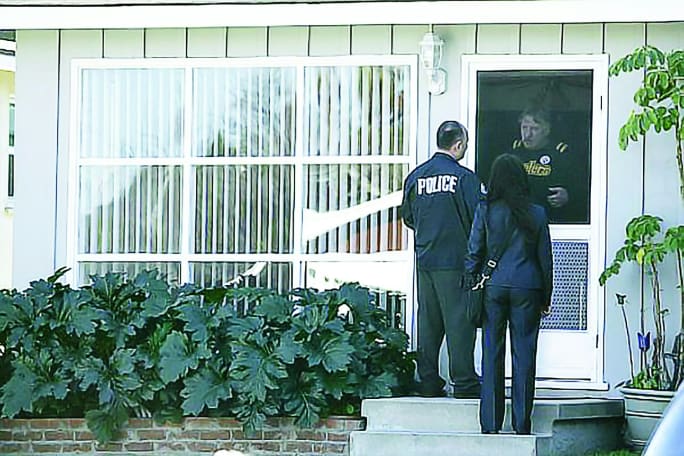Clearly, an area canvass can't afford to be conducted in a haphazard way. It must be organized, documented, and above all else supervised. Supervisors need to pay attention to the following points.
• Assign a Canvass Supervisor. Unless it's an investigation that's being handled by one officer, someone needs to oversee the area canvass. Most of my time as a sergeant, I performed that task alongside my other duties. On larger cases, like a missing endangered juvenile, the area was so large we had to establish canvass teams and each team had someone in charge of the team. There can only be one person directing the overall effort, however. There should be no confusion as to who is in charge, who to report to, and what each person's assignments are.
• Canvass in Chunks. As a supervisor, you should break up your canvass into manageable chunks. Each chunk is a geographical area and only assigned to one officer or team at a time. This prevents duplication of effort. More chunks can be added or taken away based on new information and how it's evaluated.
• Ensure Documentation. Make sure that all interview attempts are documented and reported in a timely manner. No information is deemed unimportant until someone can process it as so. Even then, it's kept because circumstances tend to change and what's not important now may be in the future as new leads develop.
Final Thoughts
Conducting an area canvass is part of Cop 101. Whether the crime is a residential burglary that's over with or a kidnapping, the principles are the same. You must find and interview people within the vicinity of the crime scene who may have something material to contribute to your investigation.
Though retired, I still teach report writing at our regional police academy and emphasize the importance of conducting an area canvass during class. I teach our recruits to look toward the four basic directions as their initial guide. I ask that they try to contact anyone in front of, behind, and to both sides of their crime scene. You can expand out or subtract from the area if need be. For example, if you're at a hotel, there may only be rooms to either side of the victim's.
An area canvass done right can be the most important investigative tool in developing leads and solving cases. It's up to you to do it right, or else possibly lose the only opportunity you have to solve the case.













